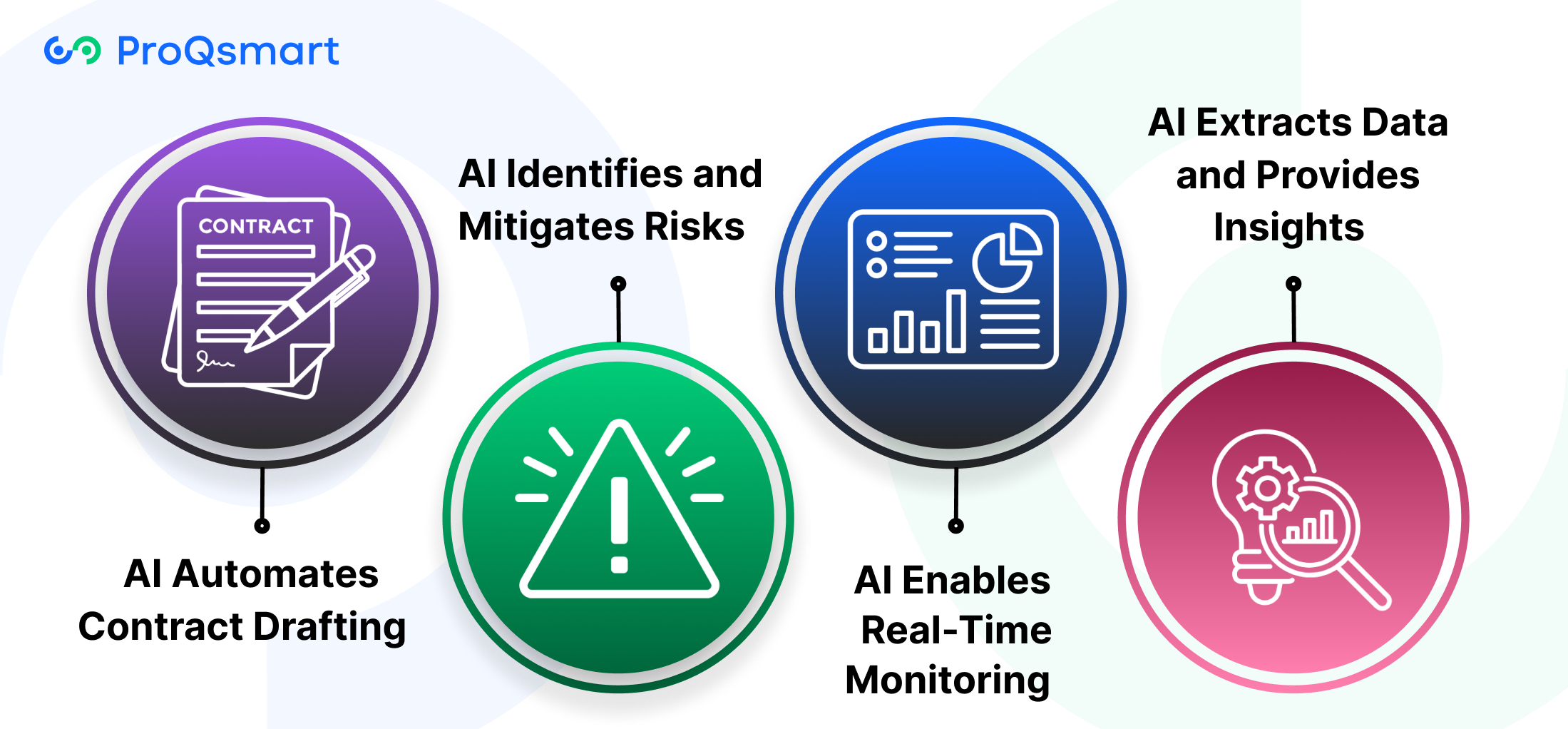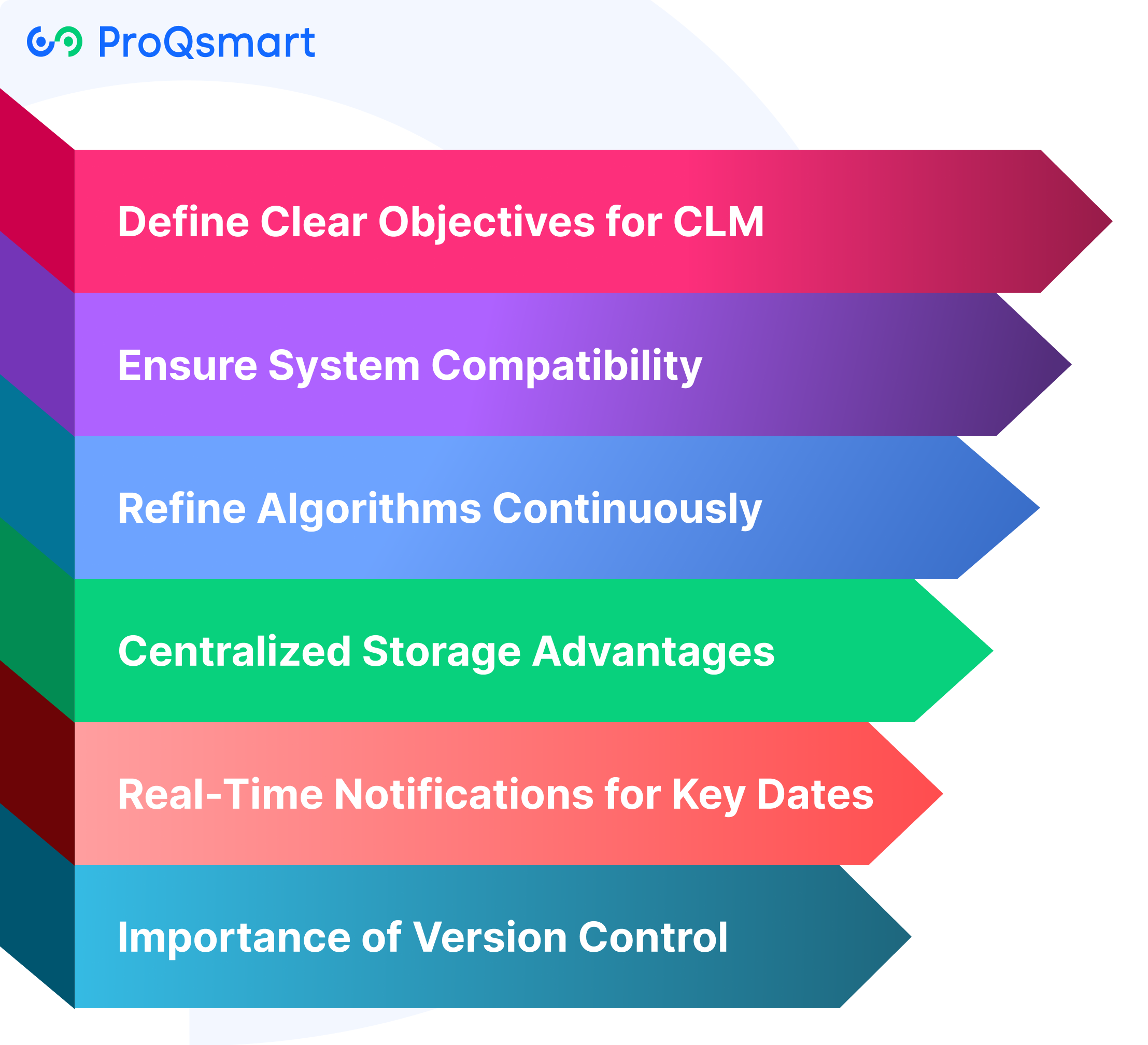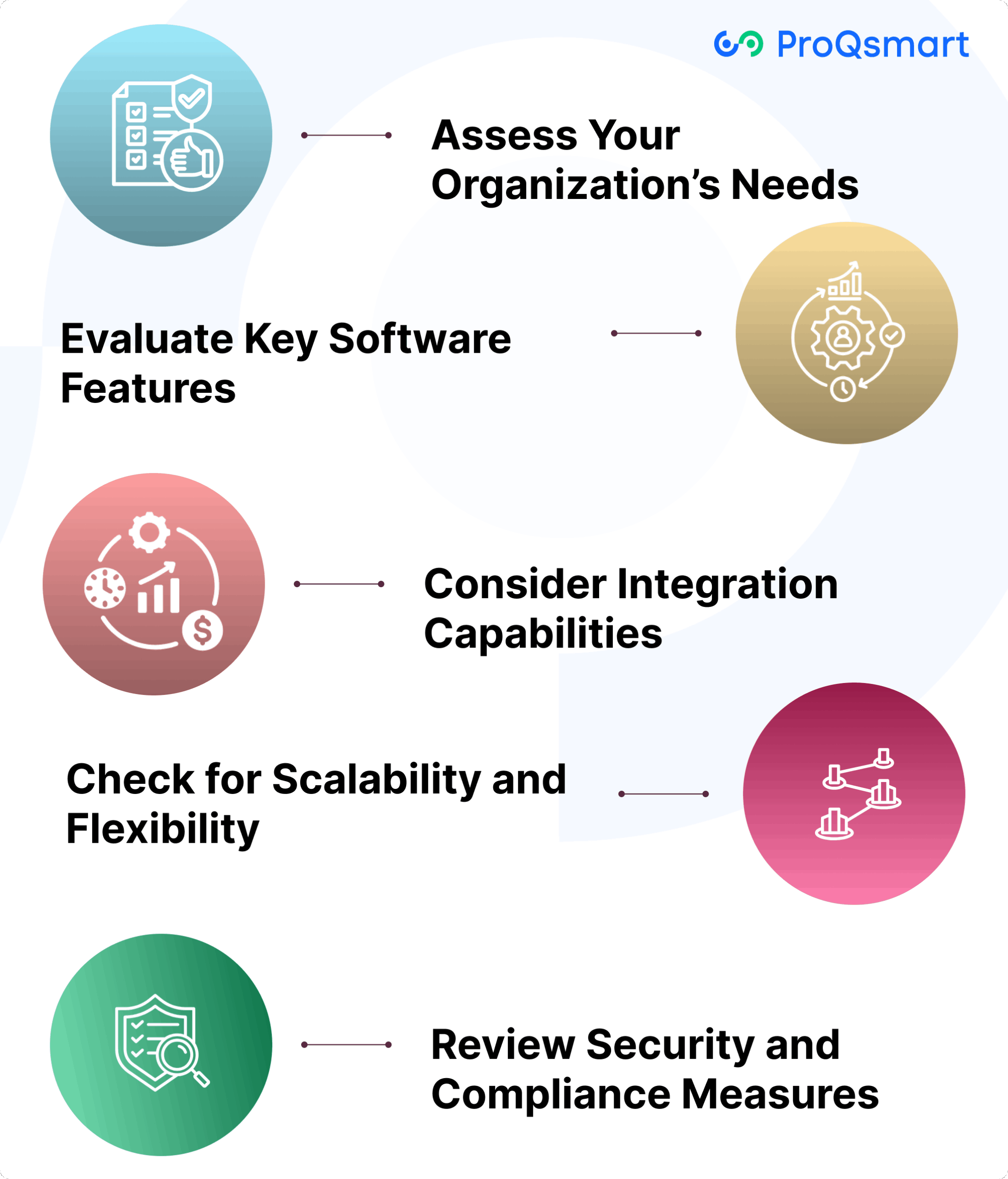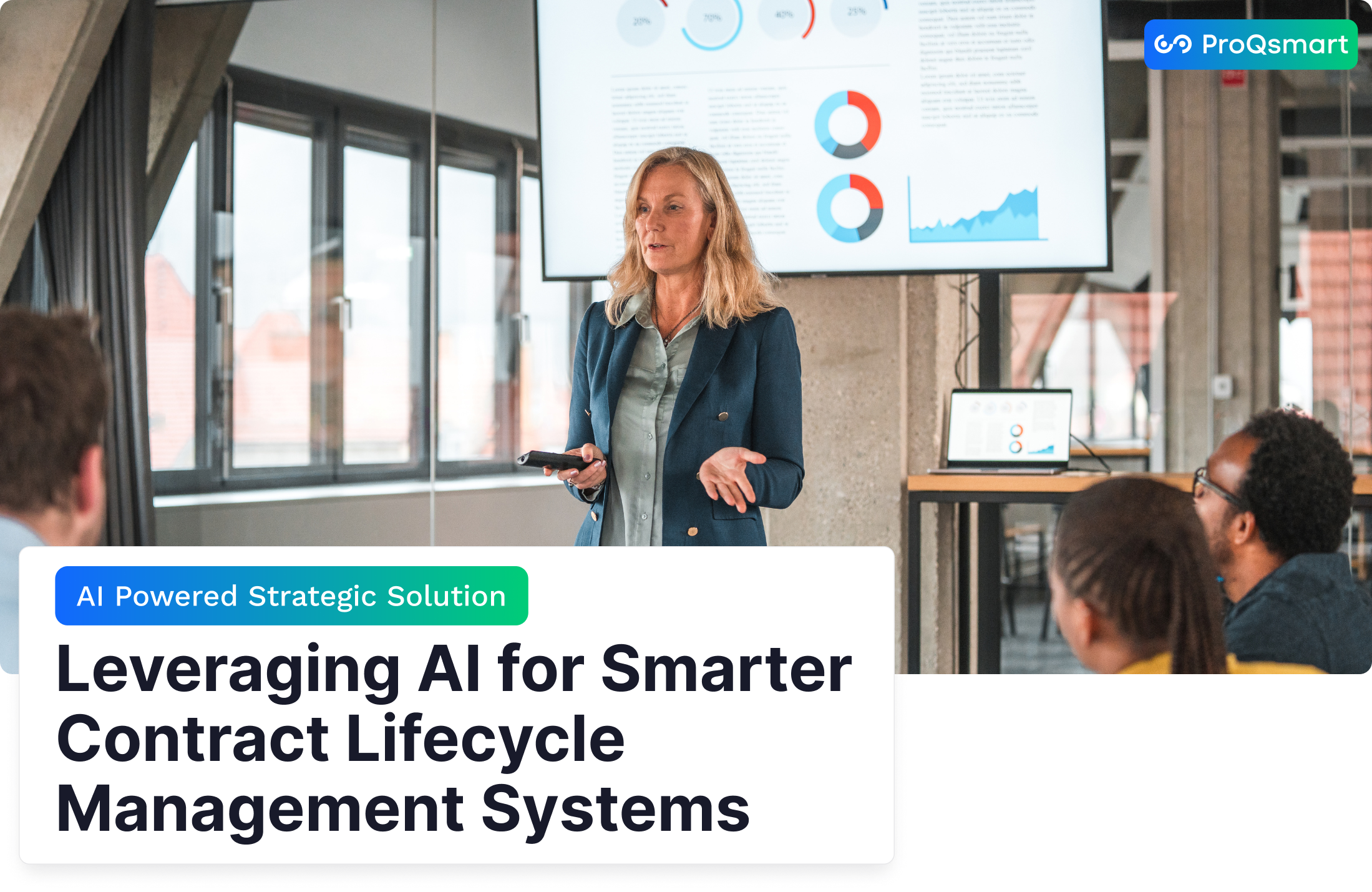Contract lifecycle management is the backbone of any procurement and supply chain operation. It enables organizations to effectively manage contracts from creation to expiration. By streamlining processes such as contract creation, negotiation, execution, and renewal, it ensures compliance, reduces risks, and enhances operational efficiency.
Preventing all of that with a well-structured approach to managing contracts would maximize time savings significantly. As an added benefit, it improves supplier collaboration and provides quantifiable savings in cost.
Technological innovation in this space increases transparency and allows for more real-time monitoring. This competitive edge is crucial for organizations looking to thrive in a competitive market.
In this blog, we’ll discuss tactical strategies and tools. Armed with these insights, your team will be better positioned to derive greater value from contract lifecycle management leading to long-term, sustainable success.
Key Challenges in Traditional Contract Management
Traditional contract management faces serious challenges that can limit efficiency and compliance, often due to outdated practices and siloed systems, which hinder effective contract lifecycle management and strategic business decisions.
Manual Processes Cause Inefficiencies
With manual processes, contract management often leads to mistakes, setbacks, and added costs. Processes such as drafting, reviewing, and approving documents are fraught with routine actions that are vulnerable to human slip-ups.
In traditional environments, negotiating contracts used to average 90 days. This slowdown often disrupts business—especially in agile environments such as IT, where 73% of companies value speedy contract negotiations above all else.
This delay is not just a matter of business agility, as it contributes to higher operational costs.
Limited Visibility Hinders Tracking
Without a way to centrally see and manage numerous contracts, tracking obligations, deadlines, and overall compliance is an ongoing struggle. Legacy contracts kept in various systems add onto this burden, preventing the ability to easily track performance or spot a missed milestone.
Organizations are often ill-prepared to address their growing ESG reporting requirements. In reality, 57% of executives cite data quality as a long-term issue.
Non-Compliance Increases Risk
Evolving regulations and new AI governance laws require more comprehensive oversight. Insufficient or ineffective contract monitoring can result in non-compliance, putting businesses at risk of incurring penalties or entering costly legal battles.
Yet traditional systems lack the tools needed to keep track of compliance accurately. This introduces dangerous liabilities for sectors that require agility to respond quickly to emerging regulations.
Fragmented Systems Miss Opportunities
Fragmented systems create missed opportunities throughout, from renewal dates slipping through the cracks to opportunities to renegotiate not being fully taken advantage of.
ProQsmart solves this challenge by automating workflows, providing transparency across the development lifecycle, and proactively connecting procurement procured to what’s budgeted.
Its AI-driven insights make supplier performance monitoring, capital expenditure planning, and regulatory compliance more effective. This integration allows you to streamline your contract management and track every opportunity so it never falls through the cracks.
AI’s Transformative Impact on Contract Lifecycle Management (CLM)

AI’s implementation into contract lifecycle management (CLM) ushers in a radical change in how organizations manage contracts. Along with addressing decades-old inefficiencies, it increases accuracy of operations. AI-powered tools completely reshape traditional practices by automating repetitive tasks.
Beyond increased accuracy, AI delivers actionable insights and improves compliance, all of which helps you optimize the entire contract lifecycle.
AI Automates Contract Drafting
AI transforms contract drafting by speeding up the process of drafting contracts with both speed and precision. With generative AI, you can draft customized contracts with consistency and speed by leveraging reusable templates and past contracts. This technology automatically minimizes your dependency on legal teams.
Specifically, AI can auto-populate clauses in line with broader organizational policy goals, boundaries, or industry norms, allowing for improved consistency and helping to avoid costly legal challenges. By standardizing data formats and summarizing key elements of contracts, AI frees procurement teams to prioritize more strategic negotiations.
AI Identifies and Mitigates Risks
Enhanced risk management is central to CLM, and AI is particularly good at detecting vulnerabilities. AI-driven systems can examine legacy contracts en masse, creating knowledge libraries of terms to automatically notify parties of discrepancies or non-compliance.
In addition, these tools drive risk prediction through sourcing supplier performance trends and market analysis to help you make data-driven, proactive decisions before they become liabilities. For one, AI can flag definitions and clauses that leave organizations open to costly liability or financial penalties, keeping contracts in line with an organization’s goals.
AI Enables Real-Time Monitoring
Additionally, real-time monitoring of all contract obligations helps businesses stay compliant and prepare renewals in good time. AI-powered systems proactively monitor key milestones, alerting teams to upcoming deadlines and offering a comprehensive view of renewals to support renegotiation efforts for improved terms.
One example, ProQsmart’s AI-powered monitoring tools help synchronize public procurement workflows with budgetary constraints, enhancing visibility and responsibility.
AI Extracts Data and Provides Insights
AI’s predictive abilities help improve forecasting and overall contract analysis. By reviewing and extracting specific data points, summarizing content, and offering detailed performance analysis, AI reveals valuable actionable insights.
Equipped with AI, procurement teams can ensure supplier compliance more efficiently, saving businesses from costly revenue loss tied to supplier mismanagement.
Benefits of Implementing CLM Solutions
Better yet, contract lifecycle management (CLM) solutions dramatically improve procurement efficiency and effectiveness. By centralizing contract management processes and leveraging automation within a robust contract lifecycle management system, these business tools address significant pain points and workflows to provide measurable improvements across compliance, risk management, and cost savings.
Enhance Efficiency and Speed
By centralizing all contracting processes on one digital platform, CLM software streamlines and automates contract workflows, allowing for real-time collaboration across departments. Automation eliminates many manual processes, like tracking version edits and approvals.
Automated intelligent analytics deliver clear insights into vendor and team performance. By removing data silos among functions, procurement teams can automate more repetitive, manual tasks like document routing. This speeds up contract cycles and gives legal teams more time to focus on strategic initiatives.
Improve Accuracy and Reduce Errors
Automation CLM automate the repetitive, time-consuming tasks that are human error-prone due to manual entry or simple oversight. Automated redline tracking tools offer more accuracy in tracking changes to contracts, minimizing gaps which can result in conflicts.
Through the digitization of contracts and automation of repetitive tasks, organizations are able to experience increased accuracy and continuous results.
Increase Visibility and Control
The improved audit trail provided with centralized data storage through CLM platforms improves overall transparency, empowering procurement professionals to better track their contracts’ obligations, deadlines, and auto renewals.
This visibility makes it possible to proactively manage them, allowing for terms to be renegotiated prior to expiration and ensuring alignment with changing regulatory requirements.
Minimize Risks and Ensure Compliance
Developing structured contracts with specific, enforceable terms and clear, easily interpretable clauses greatly bolster risk management. By increasing efficiency and standardizing compliance workflows, effective contract lifecycle management practices give organizations an auditable trail of their sourcing activities, diminishing exposure to penalties.
Achieve Cost Savings and ROI
Effective contract lifecycle management can save you money by streamlining contract negotiations and opening the door to more cost-saving opportunities. For example, with ProQsmart’s AI-driven contract management tools, suppliers are easier to manage, workflows are automated, and companies receive real-time insights and measurable savings.
Applications of AI-Driven CLM Across Industries
CLM in the Construction Sector
In construction, the administrative burden of managing multiple subcontractor agreements creates challenging workflows. AI makes all of this remarkably simple—from automating pre-qualification processes, to tracking compliance, to providing a truly collaborative environment.
ProQsmart takes this a step further, allowing for budget-based procurement and tracking in real-time, keeping contracts focused on fiscal objectives.
CLM in Manufacturing
Manufacturers leverage AI-driven CLMfor more efficient supplier performance monitoring, as well as bill of quantities management. Solutions such as ProQsmart make the process of sourcing capex much easier.
They combine contract data with ERP systems to streamline operations, maintain compliance, and promote open relationships with vendors.
CLM in Hospitality
Hospitality businesses use AI to stay on top of hundreds of service agreements. By automating workflows through effective contract lifecycle management, ProQsmart cuts their contract search times dramatically and enables more efficient collaboration with vendors, driving substantial cost savings.
CLM for Interior Fit-Out Projects
AI-driven CLM adds tremendous value to interior projects by closely monitoring and following modifications in design contracts. This guarantees that bills of quantities reflect current needs and requirements.
ProQsmart makes all of these processes easier and safer by automatically monitoring compliance to reduce risk.
Best Practices for Effective CLM

Contract lifecycle management (CLM) is the bedrock of effective procurement and supply chain practice. By implementing advanced contract lifecycle management software, businesses can reduce risk exposure, improve compliance, and enjoy better operational efficiencies throughout the entire contract process. Here are some simple yet effective ways to revolutionize your CLM practice.
Define Clear Objectives for CLM
Having clear goals in mind is critical when looking to incorporate CLM, particularly with the new possibilities presented by cutting-edge AI technology.
Risk reduction is a primary focus. Prioritize risk reduction, using AI to assist in automating data extraction, risk analysis, and tracking of contract obligations.
Efficiency gains can be achieved by standardizing templates and processes, which not only reduce legal risks but cut contract approval times by up to 50%, as studies have shown.
Ensure System Compatibility
Smooth interoperability between AI tools and current CLM software is essential. For example, integrating ProQsmart’s AI-powered solutions with your existing infrastructure makes workflows more efficient and intuitive.
ProQsmart makes the bidding process simpler, workflow automation improves compliance, and inspections and transparency keep bidding costs low and save taxpayers money.
These features uniquely position these solutions, making it critical to choose compatible solutions that seamlessly integrate to improve operational efficiency.
Refine Algorithms Continuously
AI algorithms need to develop in direct reaction to targeted industry pain points and internal company requirements. Continuous refinement maximizes performance, allowing tools to stay ahead of and adjust to new regulations and market demands.
By way of illustration, clause libraries with AI-enabled creation functionalities can help speed up the contract drafting process by automating tedious, repetitive tasks.
Centralized Storage Advantages
Moving contracts into a centralized digital repository makes it easy to quickly access and share contracts, speeding up internal collaboration.
Features such as real-time commenting and redlining enhance communication between CLM-compatible departments, streamline negotiations, and eliminate bottlenecks.
Real-Time Notifications for Key Dates
Automated reminders for critical dates, such as renewals or other deadlines, ensure you don’t miss something important or incur financial penalties.
Preventing the problem of “zombie contracts” is crucial. Luckily, contract auto-renewals are manageable with CLM, ensuring that these problematic agreements are reviewed for relevance and cost-effectiveness.
Importance of Version Control
By granting all stakeholders version control, no one is ever working on an out-of-date contract iteration, which decreases the likelihood of errors.
Coupled with e-signatures, which can cut execution time by as much as 80%, this creates a more efficient approval process.
How to Choose the Right Contract Management Software

Selecting the best contract management software for your company is an important strategic decision. It has a huge impact on your organization’s overall efficiency, compliance, and cost management. The right solution will smooth the entire contract lifecycle, from initiation through renewal, and provide visibility and operational efficiency along the way.
Here are the most important things to keep in mind to help you navigate this buying process.
Assess Your Organization’s Needs
Knowing exactly what you need is key to selecting the right software to meet your needs. Identify the primary users, such as legal teams, procurement professionals, or compliance officers, and involve them early in the evaluation process.
Figure out what’s most important to you—increased automation, improved compliance tracking, enhanced supplier performance monitoring—and map that out against your desired contract lifecycle.
For those looking primarily at vendor management, ProQsmart has an intuitive supplier performance tracking tool that’s hard to beat. It offers predictive intelligence that allows you to measure and drive supplier performance.
Evaluate Key Software Features
Automation capabilities, user-friendly interfaces, and compliance tools are just a few of the vital features to look for. Automation minimizes the risk of manual errors, and compliance tracking helps you stay in line with industry regulations.
During a free trial of the software, test the software by running at least one contract through to judge the efficacy of these features. Look for solutions that enable seamless real-time collaboration and total transparency.
ProQsmart’s intuitive, AI-driven contract lifecycle management platform is one perfect solution. It streamlines workflows and harmonizes procurement with overall budget objectives.
Consider Integration Capabilities
Ease ofintegration with your existing systems like CRM, ERP,or document management systems is key. With seamless integration, your data is always kept consistent while eliminating duplicative processes.
For instance, ProQsmart’s capability to automate workflows and manage subs helps make it compatible on any platform, increasing productive efficiency.
Check for Scalability and Flexibility
Your contract management software needs to scale with your organization, especially within the contract lifecycle management process. Scalable solutions support growing contract volumes without diminishing performance, and flexibility enables customization to meet specific business needs.
Review Security and Compliance Measures
In today’s contract climate, robust security protocols and compliance features are a must-have. Check that the software complies with industry standards and delivers auditable sourcing information.
Trusted providers, such as ProQsmart, give top priority to clear, secure, current help documentation and personalized, expert support to keep you compliant and your users confident.
Conclusion
Contract lifecycle management has evolved from a back-office function into a strategic driver of efficiency and value. AI-powered solutions have revolutionized the process of tracking, analyzing, and optimizing contracts, enabling organizations to reduce costs, mitigate risks, and enhance interdepartmental communication and collaboration. For contracting professionals, this translates to reduced lag times, improved compliance efforts, and stronger business relationships.
Selecting the right software is crucial in realizing these benefits. Organizations should prioritize tools that align with their objectives, offer scalability, and simplify complex processes. Careful consideration of features, support accessibility, and integration capabilities is essential to maximize the value of contract lifecycle management solutions.
Explore ProQsmart’s innovative contract lifecycle management solutions. Book a demo today to discover how AI-driven tools can transform your contract management processes.




